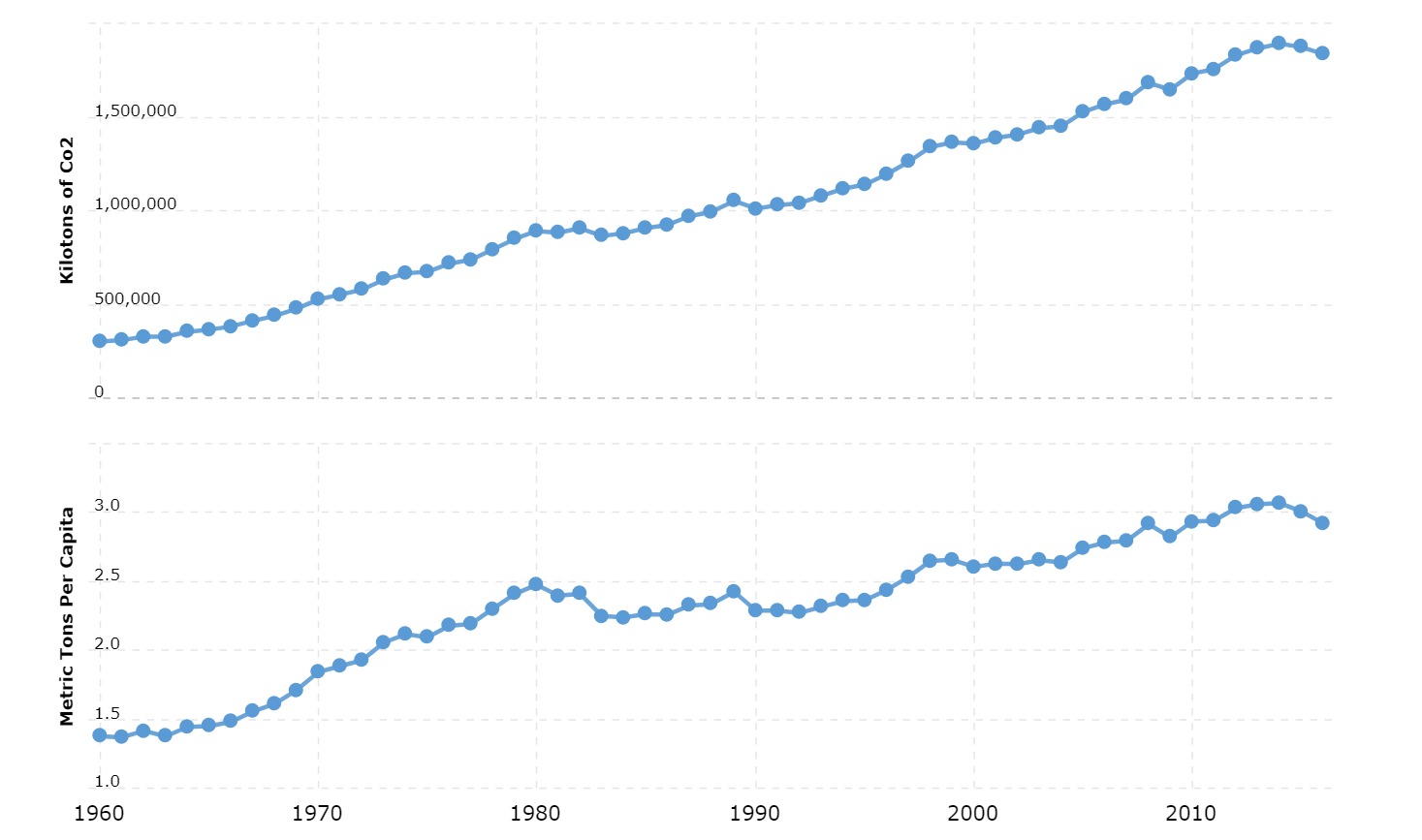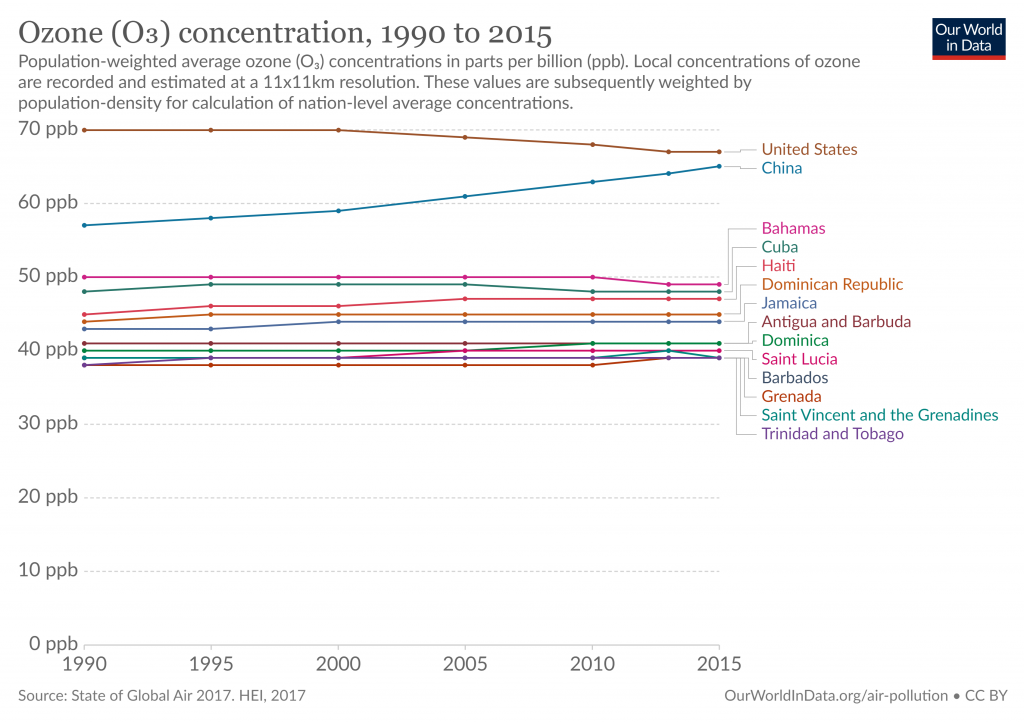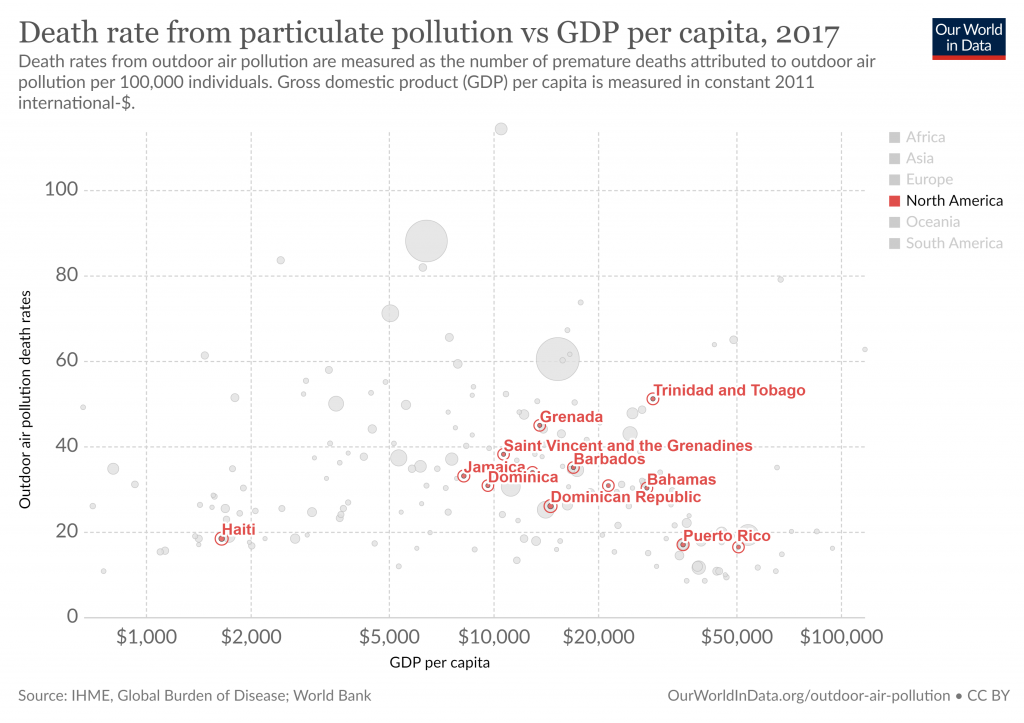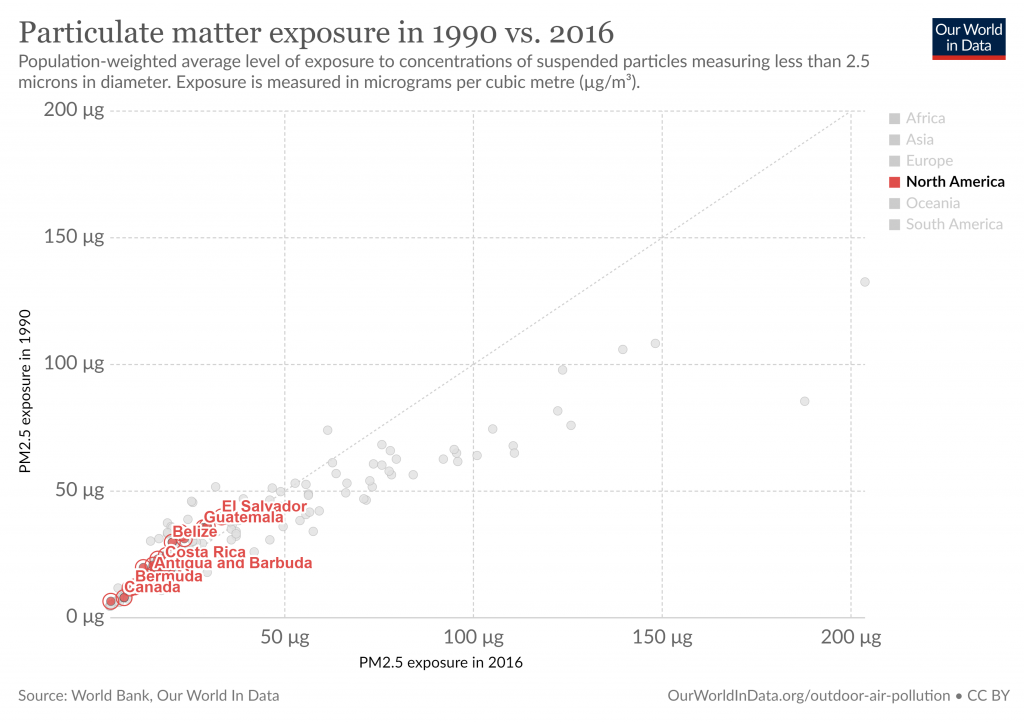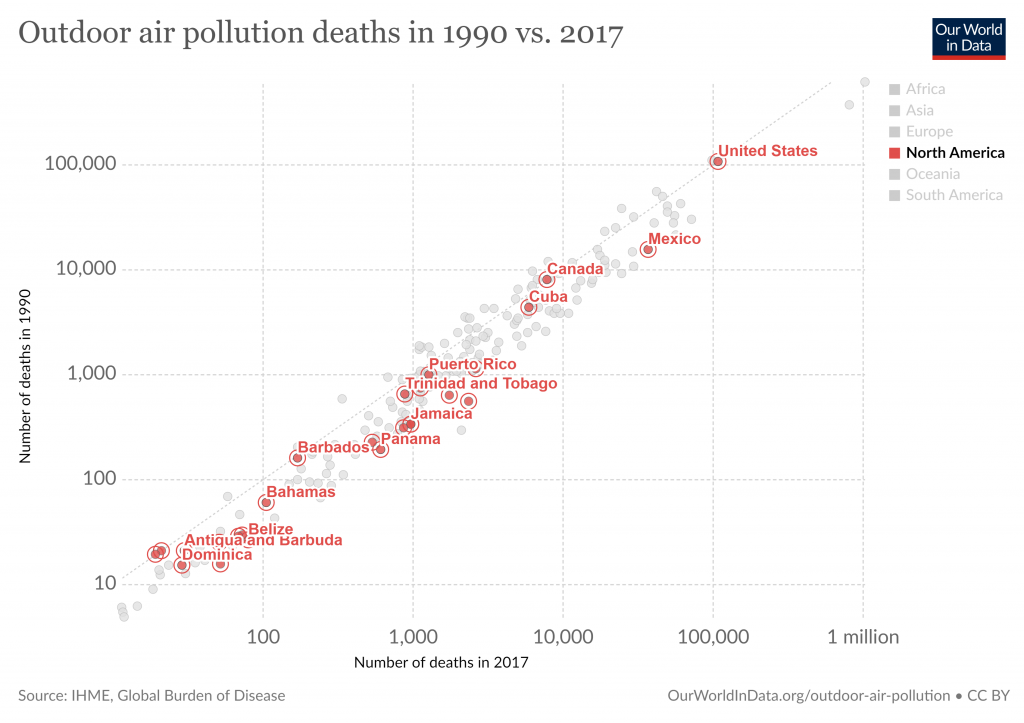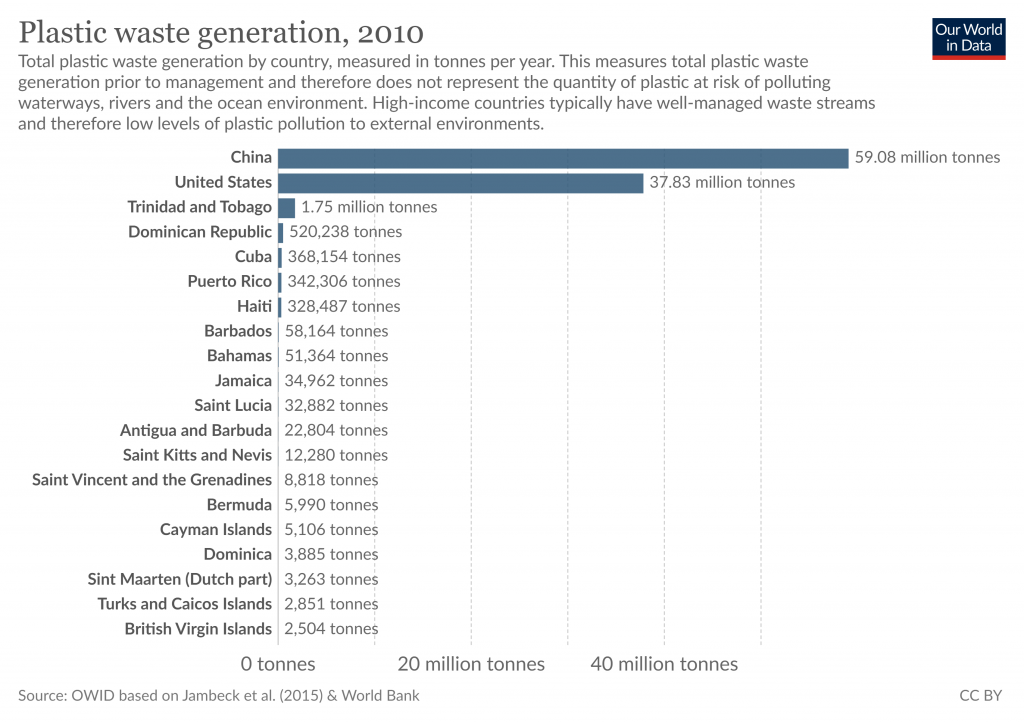Air pollution
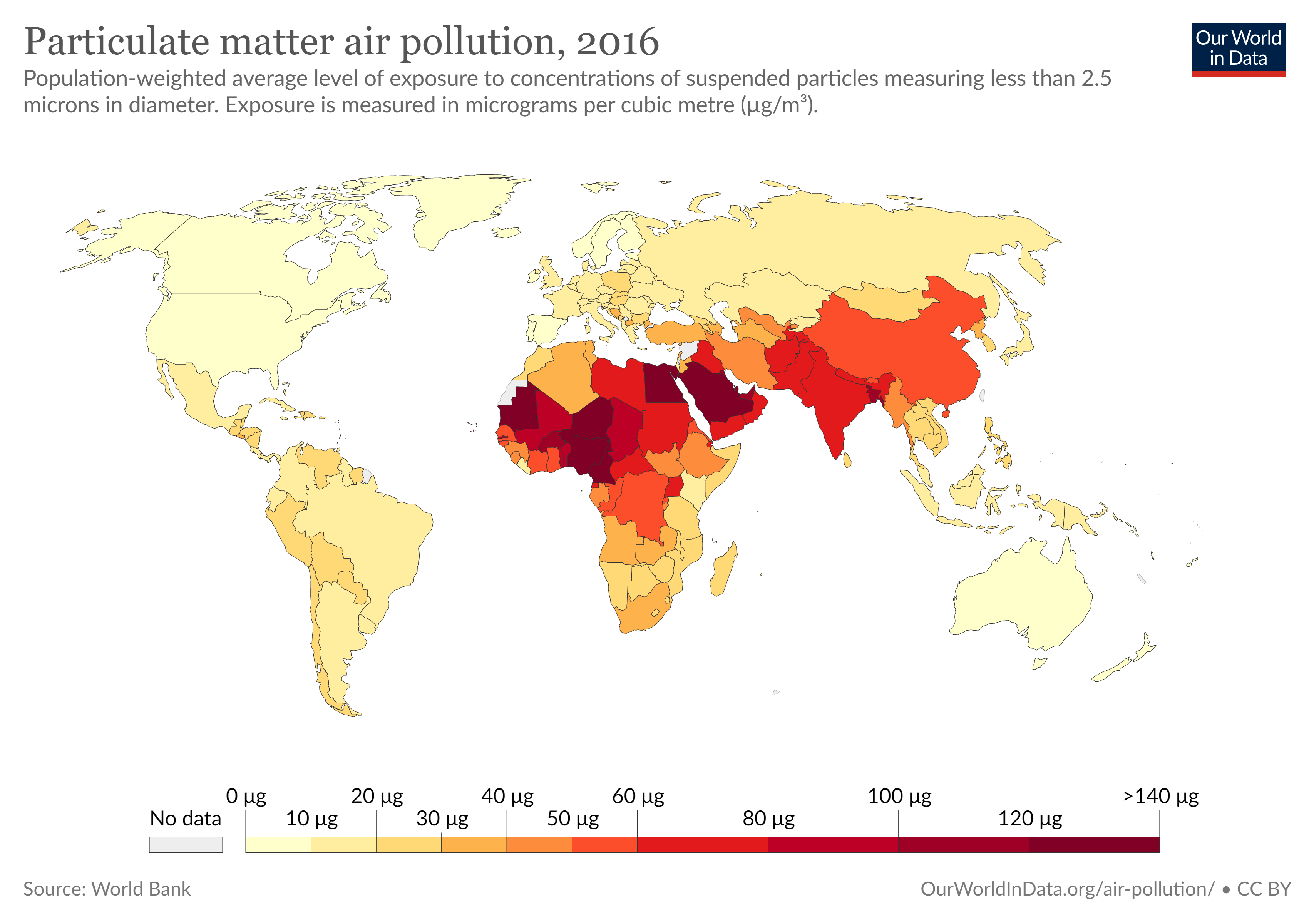
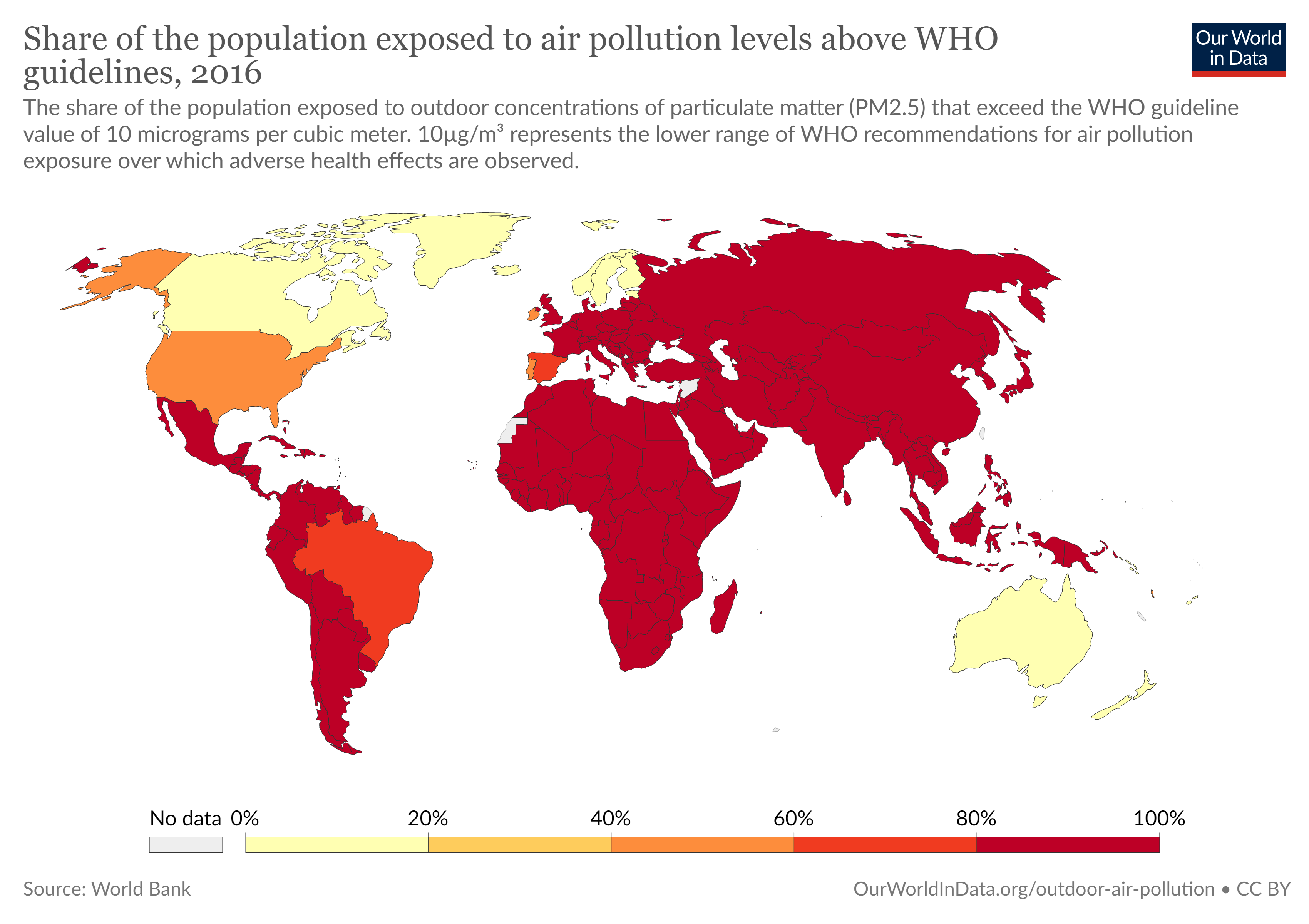
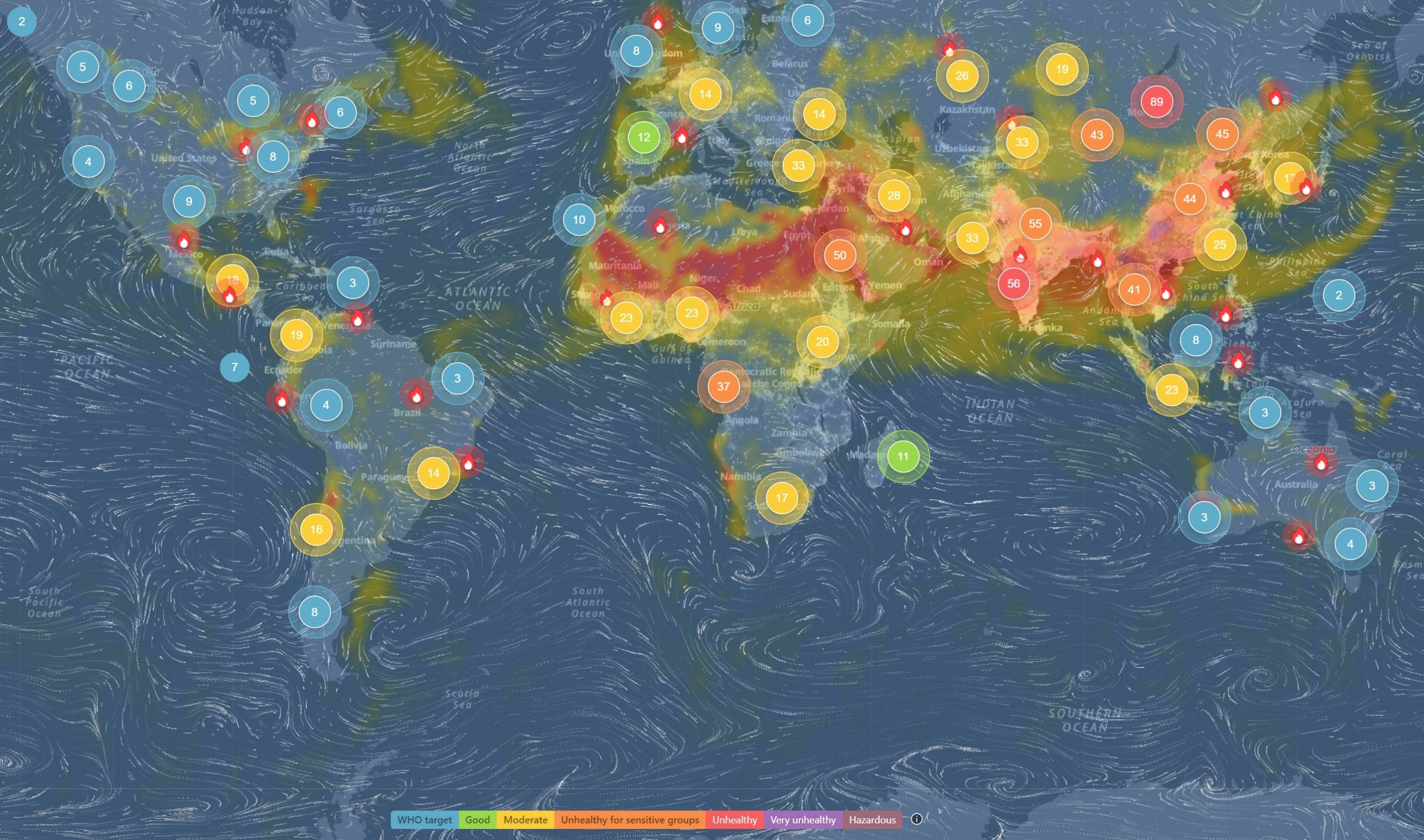
CO2 emissions of the West Indies & Latin America. Source: UNEP, 2021
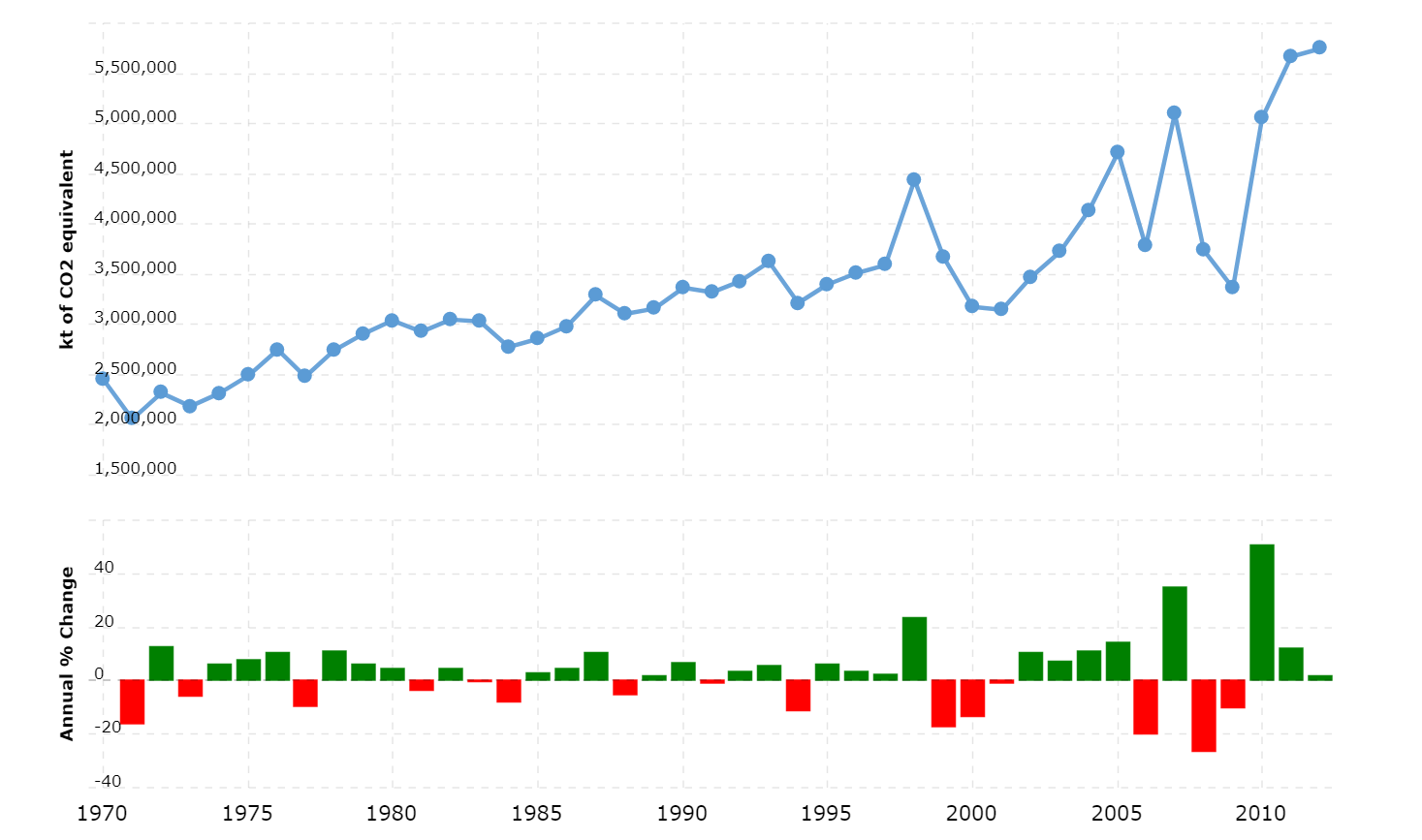
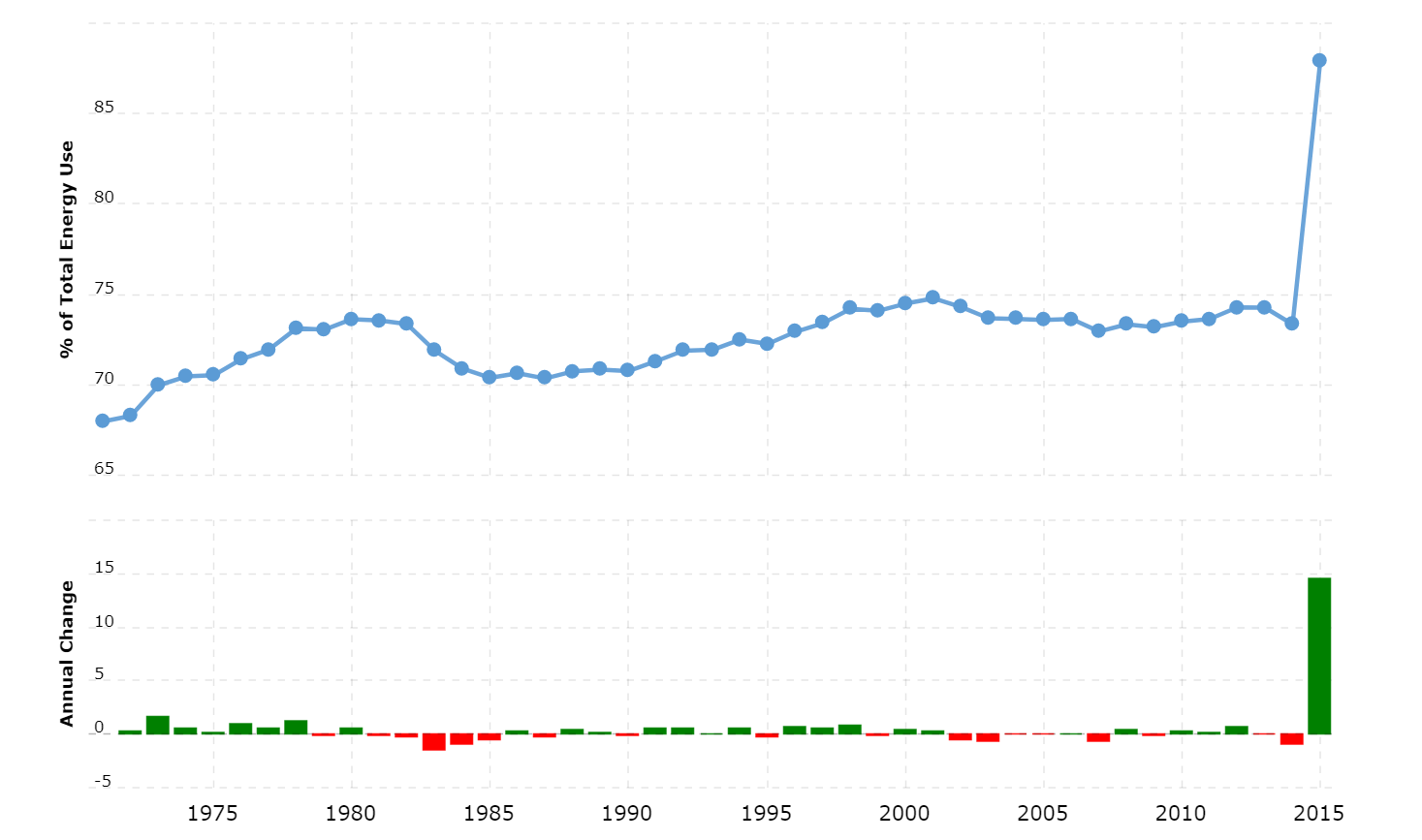
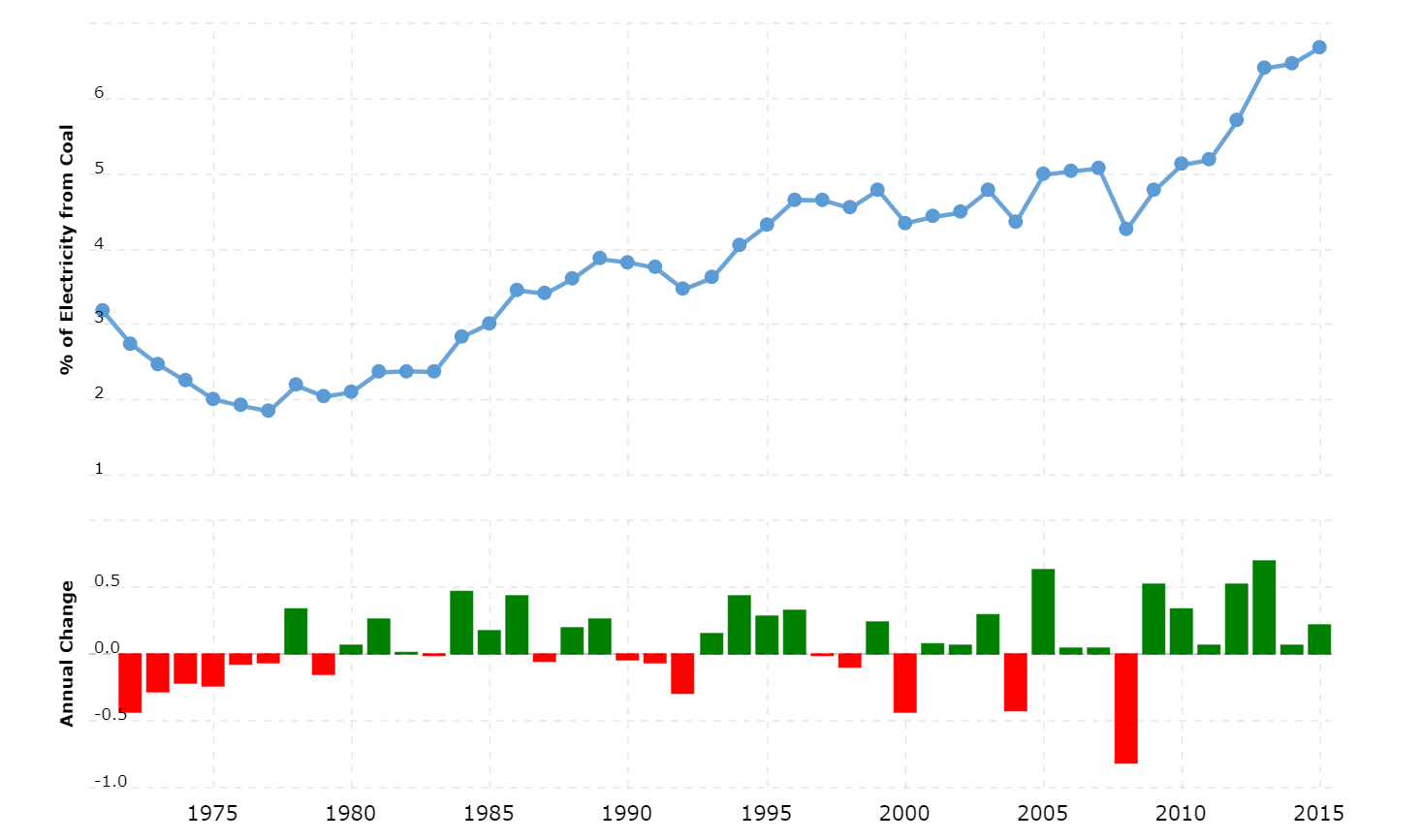
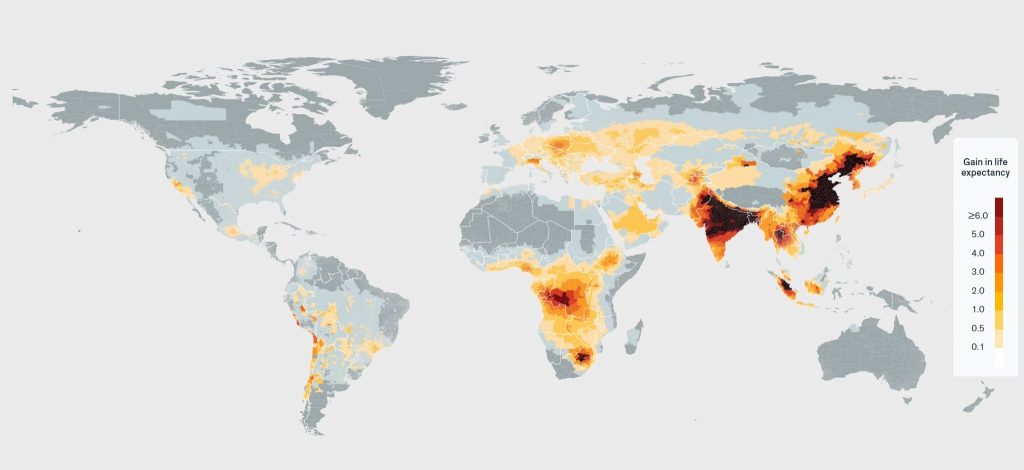
Land pollution
Of the top thirty (30) global plastic polluters per capita, ten (10) are found in the Caribbean. They are, in order, Trinidad & Tobago (#1 in the world as well), Antigua & Barbuda, St. Kitts & Nevis, Guyana, Barbados, St. Lucia, Bahamas, Grenada, Anguilla and Aruba. As a result of the impact of this level of waste product 14 Islands have banned the use of styrofoam and single-use plastic bags. More information can be found here.
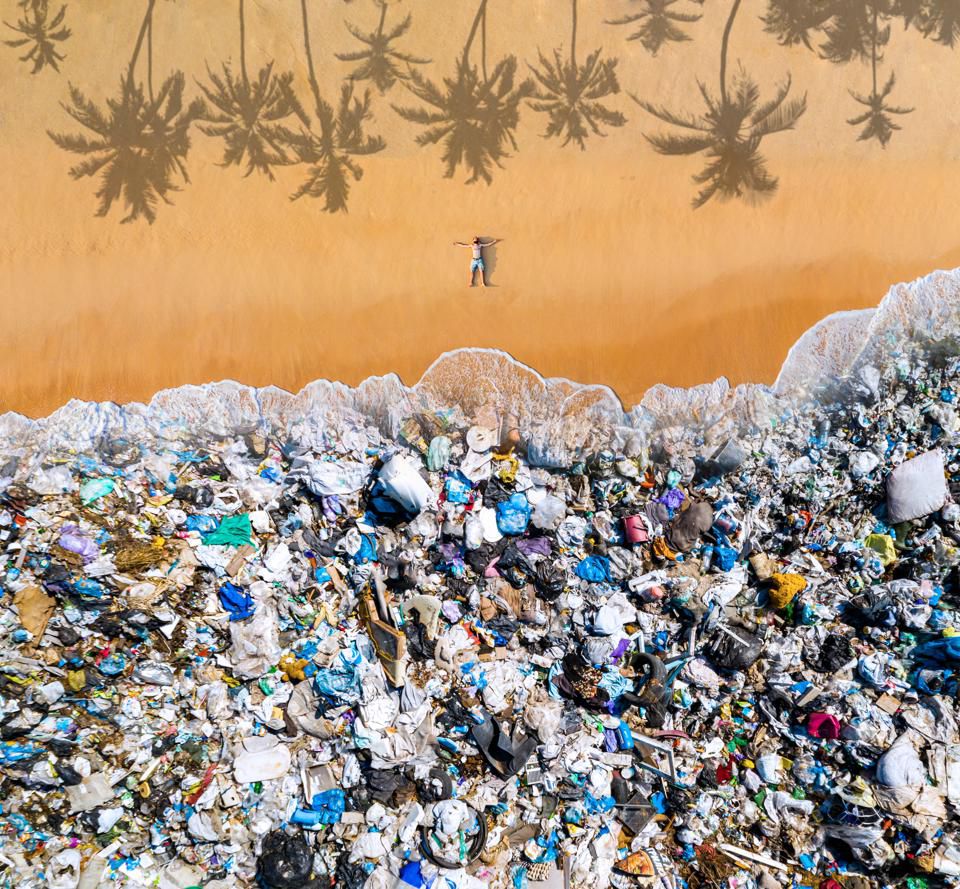
Solid Waste Management (SWM) has been a challenge for the region. SWM includes e-waste, medical waste & hazardous waste. Some islands leave the collection, processing and disposal to local municipalities, some have created entities to manage the SWM process. Regardless of who is responsible, the by-products of SWM are health and resource hazards. Flies, mosquitos, rats, mice, etc., are all by products of land fills, whether sanitary, non-sanitary, controlled dumpsites or open-air dumpsites. Haiti has no SWM program other than an open-air dumpsite. (Riquelme et al., 2016).
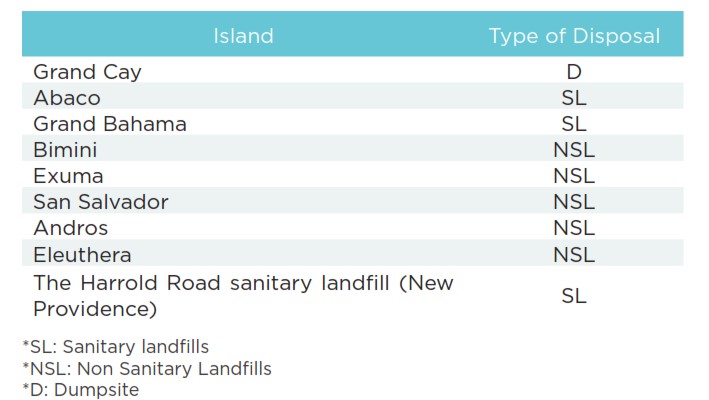
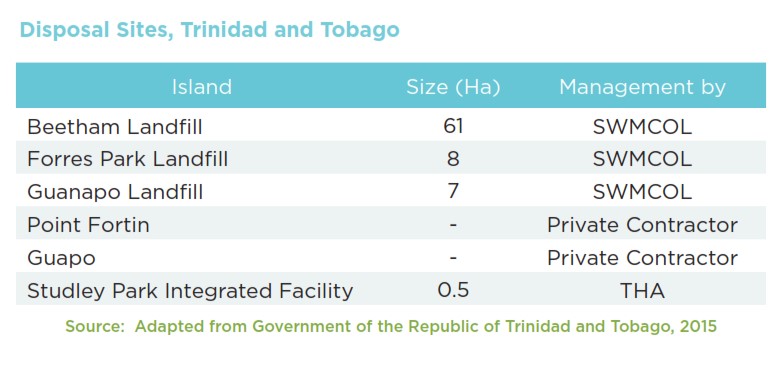
Water pollution & water scarcity
The World Resources Institute has identified 37 countries as having “extremely high” levels of water stress: seven are from the Caribbean; Dominica, Jamaica, St. Vincent and the Grenadines, Trinidad and Tobago, Antigua and Barbuda, Barbados and St. Kitts and Nevis, with the latter three being designated as water scarce (less than 1,000 meters cubed of freshwater resources per capita). The Caribbean Regional Fund for Wastewater Management is quoted as having said 85% of the waste water in the region is untreated and <17% of homes have access to public sewage systems.
Marine Pollution in the Caribbean
With the increase in tourism and commercial shipping, ship generated waste has become a significant threat to both the marine environment and the land surface of the 60 plus ports in the region. It is common knowledge food waste, chemicals, oil, sewage, garbage, medical waste, etc., all get dumped into the ocean. Enter the MARPOL Convention (International Convention for the Prevention of Pollution from Ships). This Convention outlines what may deposed of at sea and what must be brought to port. This ship generated waste is now, by agreement, required to be offloaded at ports. In many cases the amount of waste overburdens the local ports and creates environmental strains on the waste collection facilities. An excellent article on the problem can be read here.
Desalinization plants have increased over the last decade and number about 69 throughout the region. These costs are on the increase and other, more affordable (in the long run) and environmentally friendly sources are being looked at. One such source is Atmospheric water generation (AWG) that is powered by solar energy. Start-up costs can be higher than that of other sources but the specific humidity of the region is ideal for this method of water extraction. Droughts and climate should have no effect on the water from air resource. This method is currently in use on Puerto Rico. More information can be found here.
Sargassum seaweed, normally a natural occurrence in the Sargassum Sea in the North Atlantic, has been recorded as early as Columbus’ 15th century voyage to the region (Wang et al., 2019). Sargassum is a biosphere in itself, providing habitat for fish, turtles, birds and shrimp. The seaweed has become a serious problem in the Caribbean since 2011. While the increase has not been tied to warmer water temperatures it is thought the increase has been a result of deep water nutrients coming to the surface off the western coast of Africa and Amazon River discharge during spring and summer. The result is a blanket of continuous material from the western coast of Africa to the Caribbean and Gulf of Mexico. These beaching events cause serious ecological, environmental and economical problems.
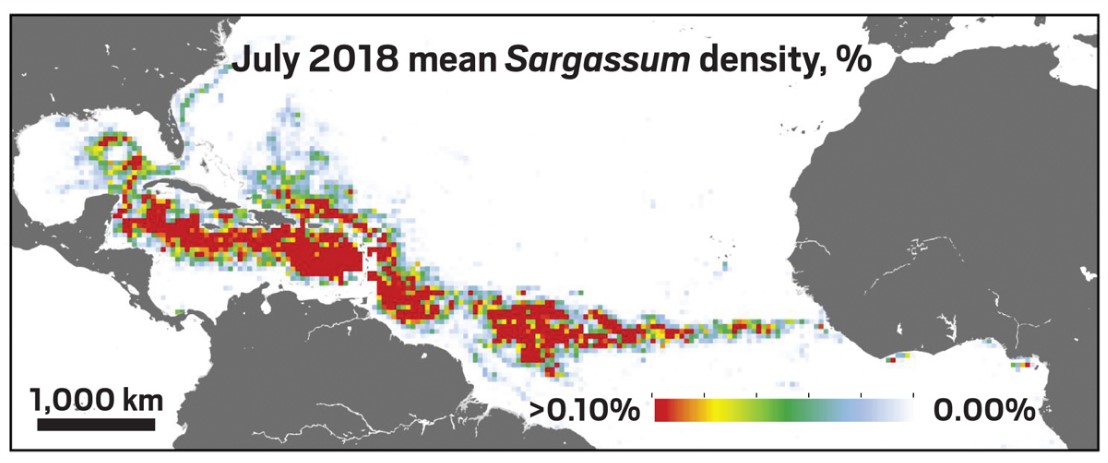
The mats of Sargassum Seaweed wash ashore and rot, producing an obnoxious sulfurous odor. It blocks sunlight from reaching water life under the surface of the water. As it decays on beaches it produces phosphorous and nitrogen that can pollute ground water sources. It kills seagrasses that help prevent erosion of beaches. It is costly to remove and process, though many of the islands are working to mitigate the costs such as finding uses for the seaweed (Wang et al., 2019).
Citations
